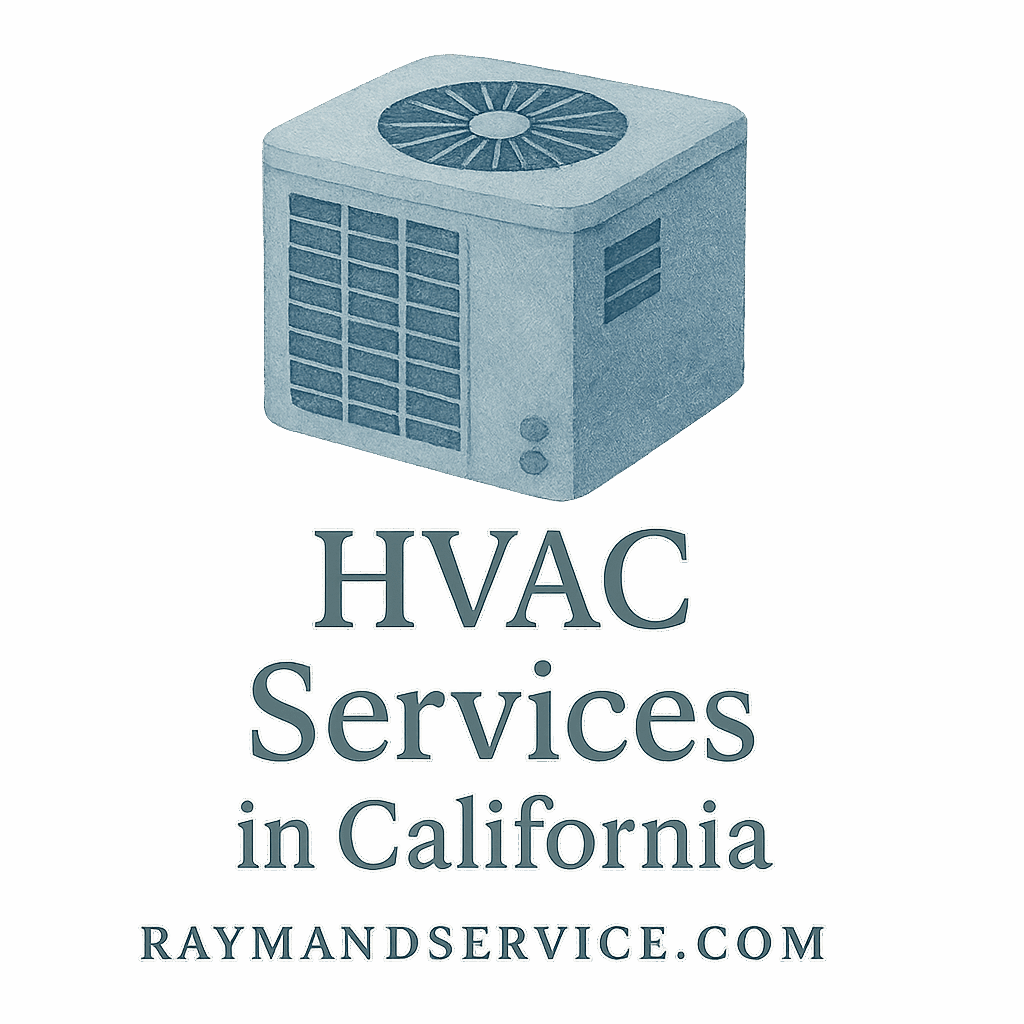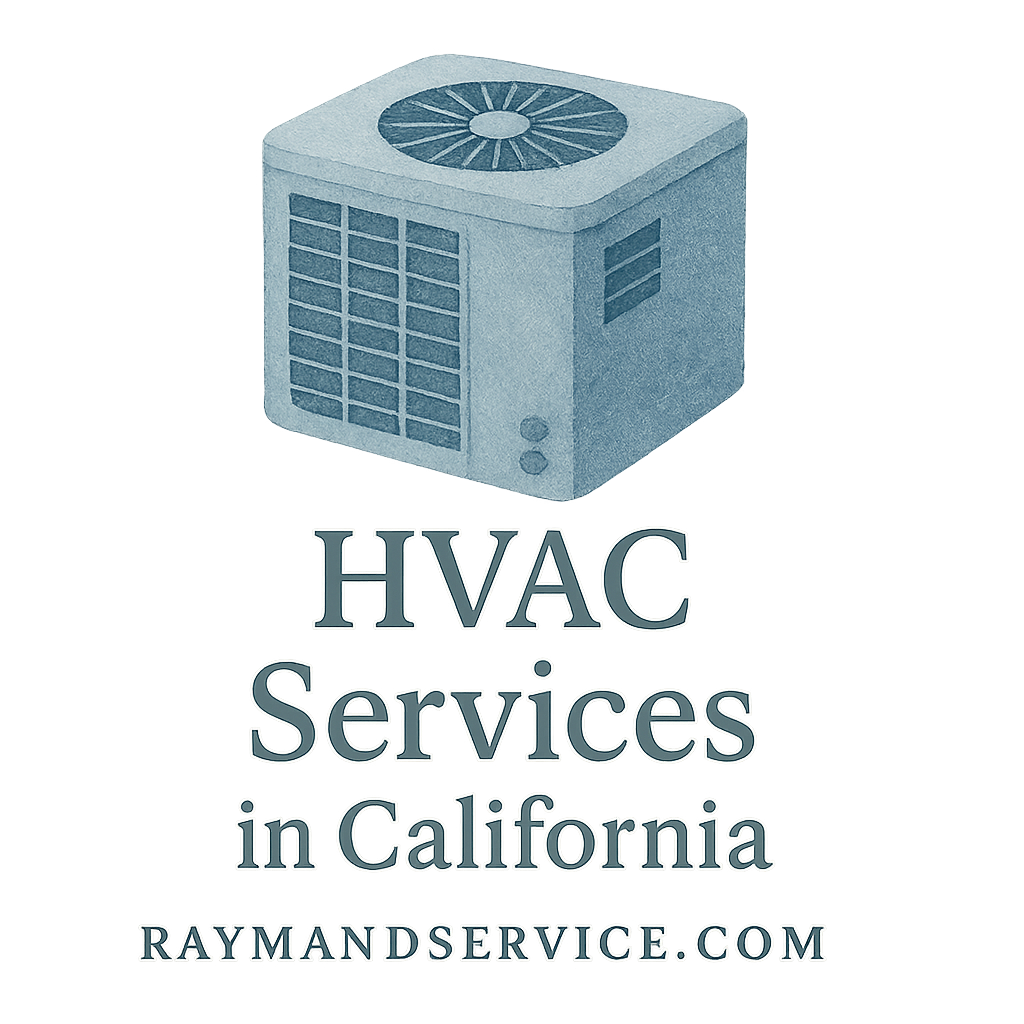Introduction
Think about the last time your HVAC system got a little love. Can’t remember? You’re not alone. But the truth is, regular HVAC maintenance isn’t just a “nice to have”—it’s a necessity. A well-maintained system runs smoother, lasts longer, and keeps those energy bills in check.
In this guide, we’re diving into the six essential maintenance tasks that every quality HVAC service should include. If your service provider isn’t doing all of these, it might be time for an upgrade.
Why Regular HVAC Maintenance Matters
The Importance of Preventative Care
Preventative maintenance is like taking your car in for an oil change. It might seem minor, but it’s what keeps everything running efficiently and safely. For your HVAC system, this care translates to:
- Improved comfort
- Fewer breakdowns
- Better energy efficiency
- Lower repair costs
Avoiding Unexpected Breakdowns
No one wants the AC to quit on a 100-degree day or the heater to fail in the middle of a cold snap. Regular checkups help avoid these disasters by catching issues early.
Explore more HVAC maintenance and troubleshooting insights and avoid surprise repair bills.
Task #1: Inspect and Replace Air Filters
Why Filters Matter
Air filters trap dust, dirt, pollen, and other airborne nasties. Over time, they get clogged and start choking your system. A dirty filter makes your HVAC unit work harder, wasting energy and reducing lifespan.
Signs You Need a New Filter
- Reduced airflow
- Higher energy bills
- Dustier home
- Allergy flare-ups
All of these are warning signs that your HVAC system needs attention.
How Often Should You Replace Filters?
Typically, every 1–3 months, but it depends on your system, household size, and if you have pets or allergies. During seasonal tune-ups, this should be a priority.
For more help, check out our guide to seasonal HVAC services in CA.
Task #2: Clean Coils and Condensate Drains
The Role of Evaporator and Condenser Coils
These coils are responsible for absorbing and releasing heat. When they get dirty, your system struggles to transfer heat efficiently. That means higher bills and a harder-working system.
Preventing Water Damage from Clogged Drains
Your condensate drain removes moisture from the air. If it’s blocked, you could end up with water leaks or even mold. Regular cleaning helps avoid major problems.
Task #3: Check Refrigerant Levels
What Happens When Levels Are Low?
Low refrigerant can:
- Reduce cooling efficiency
- Damage the compressor
- Cause longer run times
Leak Detection and Repair
Refrigerant doesn’t just “run out.” If levels are low, there’s likely a leak. A skilled technician will check for leaks, repair them, and recharge the system if needed. This helps ensure efficiency and extends the life of your system.

Task #4: Calibrate Thermostat and Controls
Smart Thermostats and Efficiency
Upgrading to a smart thermostat can help you save big on utility bills. These gadgets learn your preferences and adjust settings to save energy without sacrificing comfort.
Thermostat Placement Tips
Avoid installing thermostats near windows, vents, or direct sunlight. Poor placement can skew readings, making your system work harder than necessary.
Learn more about energy efficiency upgrades to boost your home’s performance.
Task #5: Inspect Ductwork and Airflow
Detecting Air Leaks
Leaky ducts can waste up to 30% of your HVAC’s energy. A thorough inspection will identify and seal gaps, improving airflow and efficiency.
Why Balanced Airflow Is Crucial
Uneven airflow can make one room feel like a sauna and another like a freezer. Balancing ensures even comfort and lowers strain on your unit.
Explore our tips on airflow and why it’s a game-changer for HVAC performance.
Task #6: Lubricate Moving Parts and Tighten Electrical Connections
Reducing Wear and Tear
Motors, fans, and other moving parts need lubrication to reduce friction and prevent overheating. It’s a small step that makes a big impact.
Ensuring Electrical Safety
Loose electrical connections can cause shorts or fires. Regular tightening and inspections protect your home and extend your HVAC system’s lifespan.
This is a key part of both residential and commercial HVAC services.
Bonus Tips for Seasonal HVAC Maintenance
Spring and Summer Tune-Ups
- Check refrigerant
- Clean outdoor condenser unit
- Test cooling cycles
Fall and Winter Prep
- Inspect heat exchanger
- Clean burners
- Test carbon monoxide levels
Stay prepared year-round with our seasonal HVAC services in CA.
How Often Should You Schedule HVAC Maintenance?
At least twice a year—once before summer and once before winter. Homes in extreme climates or with older systems may need more frequent checkups.
Regular maintenance ensures sustainability and energy savings all year long.
Choose the Right HVAC Service Provider
Look for Comprehensive Service Packages
Your provider should cover all six tasks listed above—nothing less. Bonus points for perks like emergency support and service reminders.
Experience and Reputation Matter
Choose a licensed, insured company with great reviews and experience in both residential and commercial systems.
Explore Raymand Services for trusted HVAC care in California.
Conclusion
There’s no magic trick to keeping your HVAC system running like new—it’s all about consistent, thorough maintenance. From replacing filters to checking refrigerant and cleaning coils, these six tasks are the backbone of a healthy HVAC system.
By choosing a qualified provider like Raymand Services, you’re not just protecting your comfort—you’re saving energy, money, and headaches down the road. Don’t skip the small stuff; your future self (and your wallet) will thank you.
FAQs
1. How do I know if my HVAC needs maintenance?
If your system’s making odd noises, your home feels less comfortable, or your energy bills are rising, it’s time for a checkup.
2. Can I perform any HVAC maintenance myself?
You can replace air filters and keep the outdoor unit clear, but the rest should be handled by a professional.
3. Is HVAC maintenance really necessary every year?
Yes! Just like your car, skipping checkups increases the risk of breakdowns and costly repairs.
4. How much does a typical HVAC maintenance visit cost?
Prices vary, but expect to pay $100–$250 for a thorough inspection. It’s a small investment for big peace of mind.
5. What’s the best time of year to schedule HVAC maintenance?
Spring and fall are ideal—before the extreme weather kicks in.
6. Does maintenance affect HVAC warranties?
Absolutely. Many manufacturers require routine maintenance to keep your warranty valid.
7. Are eco-friendly HVAC options worth it?
Definitely! Green and eco-friendly systems lower emissions and reduce energy bills over time.


